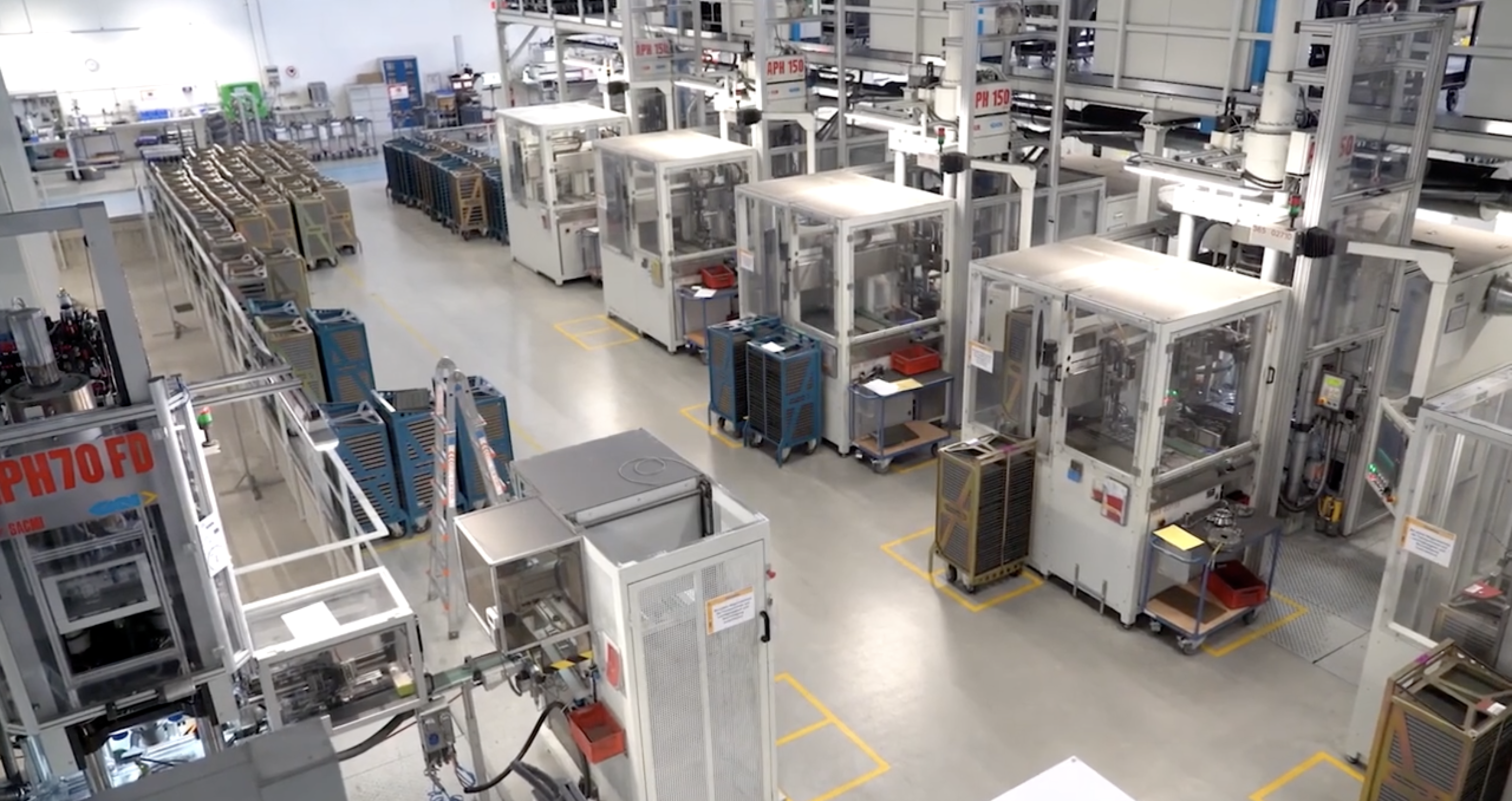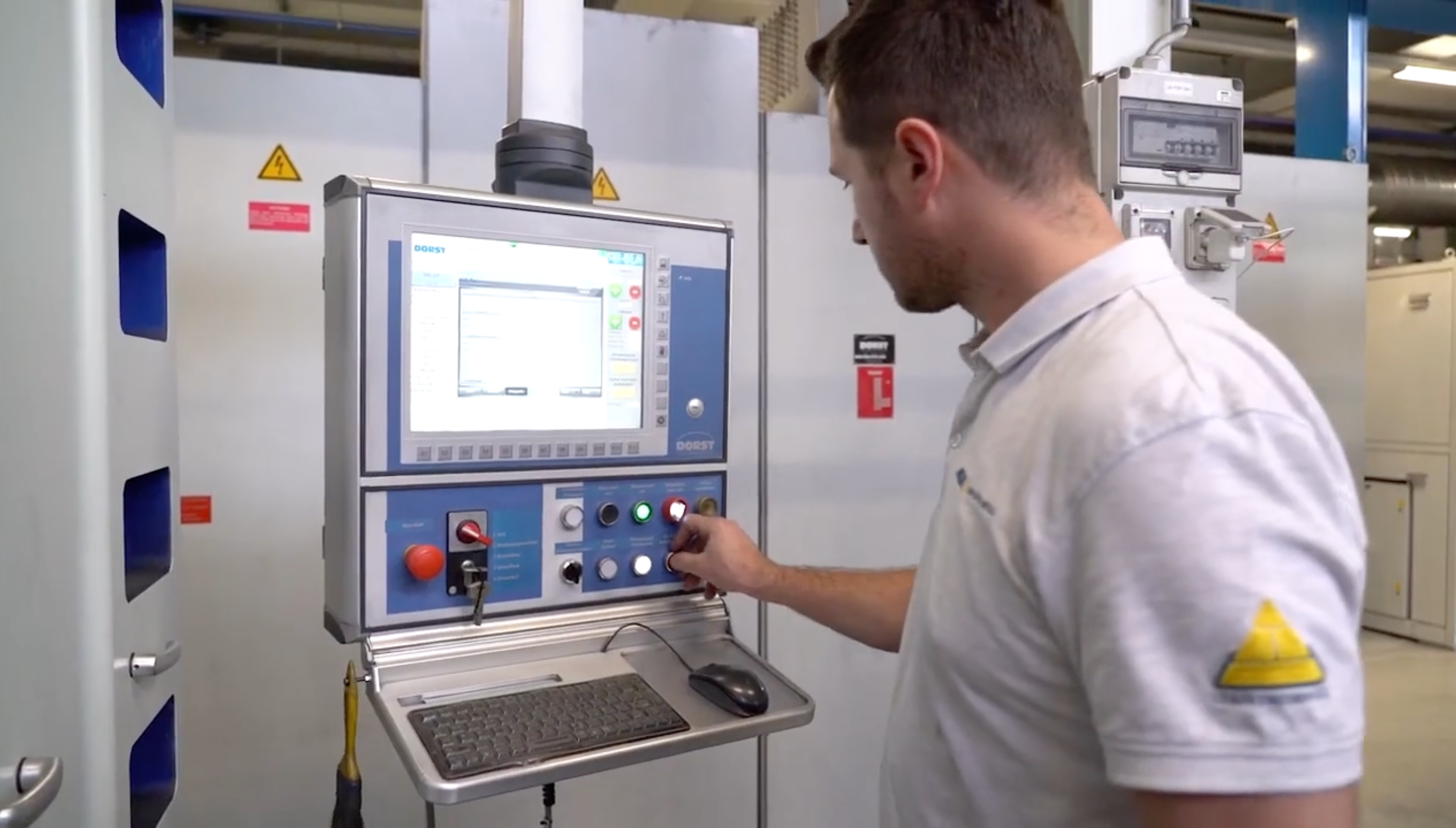Modern manufacturers and logistics operators looking to gain a competitive edge must prioritize one crucial metric—lead time. Why should you read this? Because improving lead times with digital tools is not just a best practice—it’s a business imperative that directly impacts profitability, customer satisfaction, and market adaptability.
In this blog post, we’ll explore how digital technologies—from real-time analytics platforms to intelligent workflow tools—dramatically enhance lead time performance across industries. This comprehensive guide integrates proven strategies, case-based insights, and actionable recommendations tailored for manufacturing and logistics leaders. It also ties back to how Workerbase helps teams achieve faster lead times through agile digital execution systems.
The digital tools that improve lead time management
1. Real-time data analytics
Traditional data collection methods are often slow and fragmented, leaving decision-makers with outdated or incomplete insights. Real-time data analytics platforms change this paradigm by providing instant visibility into production status, machine performance, inventory levels, and work order progress.
How it improves lead time:
- Identifies bottlenecks instantly
- Enables proactive decision-making
- Reduces unplanned downtime
How Workerbase fits in:
While systems like Microsoft Power BI or OSIsoft PI System generate dashboards, Workerbase acts as the operational bridge—connecting these insights with the people who need to act on them. When an anomaly is detected (e.g., a performance drop), Workerbase automatically triggers frontline tasks, sends alerts to maintenance teams, and logs completion—ensuring issues don’t just get noticed, but get resolved immediately. Its real-time interface integrates machine data, contextual worker input, and live progress updates in a unified digital flow.
2. Digital workflows and task automation
Manual task assignments, printed checklists, and siloed tracking are inefficient and often introduce human error. Digital workflow tools streamline operations by automating task distribution, operator instructions, confirmations, and escalation logic.
Impact on lead time:
- Minimizes idle time between steps
- Eliminates miscommunication
- Ensures consistent execution across shifts
How Workerbase fits in:
Workerbase specializes in dynamic digital workflows for frontline operations. Using machine data, shift availability, and production status, it automatically assigns tasks to the right person at the right time. Whether it’s material replenishment, rework, quality checks, or changeovers, Workerbase ensures that no task sits idle, and every procedure is followed precisely. This results in faster cycle times, fewer delays, and improved adherence to production plans.
3. Cloud-based collaboration platforms
Cross-functional misalignment is a leading cause of production delays and extended lead times. Cloud-based collaboration tools like Microsoft Teams, Slack, and Jira reduce siloed communication and allow teams to share updates, approvals, and problem resolutions instantly.
Lead time benefits:
- Accelerates approvals and decisions
- Enhances transparency in project status
- Prevents delays from missed updates
How Workerbase fits in:
Workerbase enhances cloud collaboration by integrating frontline execution data directly into collaborative workflows. For instance, if a defect is flagged on the line, Workerbase logs the issue, assigns the follow-up action, and—through integrations—notifies supervisors or quality managers in their collaboration tools. This seamless handoff between physical work and digital communication ensures that problems are surfaced, resolved, and documented without delay.
4. Predictive maintenance and IoT monitoring
Unscheduled machine failures are a major contributor to longer lead times. Predictive maintenance uses IoT sensors to monitor asset health and prevent breakdowns before they impact production schedules.
Reduction in lead time occurs via:
- Fewer production halts
- Better maintenance planning
- Increased machine availability
How Workerbase fits in:
Workerbase closes the loop between predictive analytics and action. When a system like Siemens MindSphere or IBM Maximo flags an at-risk machine, Workerbase automatically dispatches a maintenance task to a qualified technician, complete with instructions and priority. It also tracks task status and verifies completion—all through mobile or wearable devices. This means maintenance happens exactly when it’s needed, with no lag between detection and response.
5. Digital twin and simulation technologies
A digital twin creates a real-time digital replica of physical assets or processes. It allows for virtual testing, performance forecasting, and operational tuning without interrupting live workflows.
How this shrinks lead time:
- Speeds up planning and design adjustments
- Enables rapid process optimization
- Helps simulate “what-if” scenarios for contingency planning
Companies using simulation tools like AnyLogic or Simio have been able to reduce lead times by identifying constraints before they impact production.
Common challenges in lead time reduction—and how digital tools solve them
1. Bottlenecks in production
Digital solution: Real-time analytics highlights underperforming assets, enabling targeted intervention.
2. Poor communication across departments
Digital solution: Cloud collaboration platforms unify updates and workflows across teams.
3. Manual data entry and errors
Digital solution: Automated data capture via barcode/RFID scanning reduces input time and errors.
4. Inventory imbalances
Digital solution: Smart inventory management systems ensure JIT (Just-In-Time) replenishment and reduce stockouts.
How Workerbase helps improve lead times
Workerbase provides a powerful platform designed to improve lead times by digitizing manual processes, optimizing task allocation, and increasing operational transparency.
Key features include:
- Dynamic Workflows: Adapt in real-time based on worker availability and process status
- Real-Time Execution Monitoring: Understand what’s happening on the shop floor as it unfolds
- Modular Integration: Connects seamlessly with ERP, MES, and IoT ecosystems
- Low-Code Configuration: Build and deploy workflows quickly without heavy IT involvement
Manufacturers using Workerbase have seen significant improvements in throughput time, driven by reduced handover delays, fewer idle times, and better task prioritization.
Want to learn more about how you can realize these benefits in your manufacturing environment? Get in touch below!




